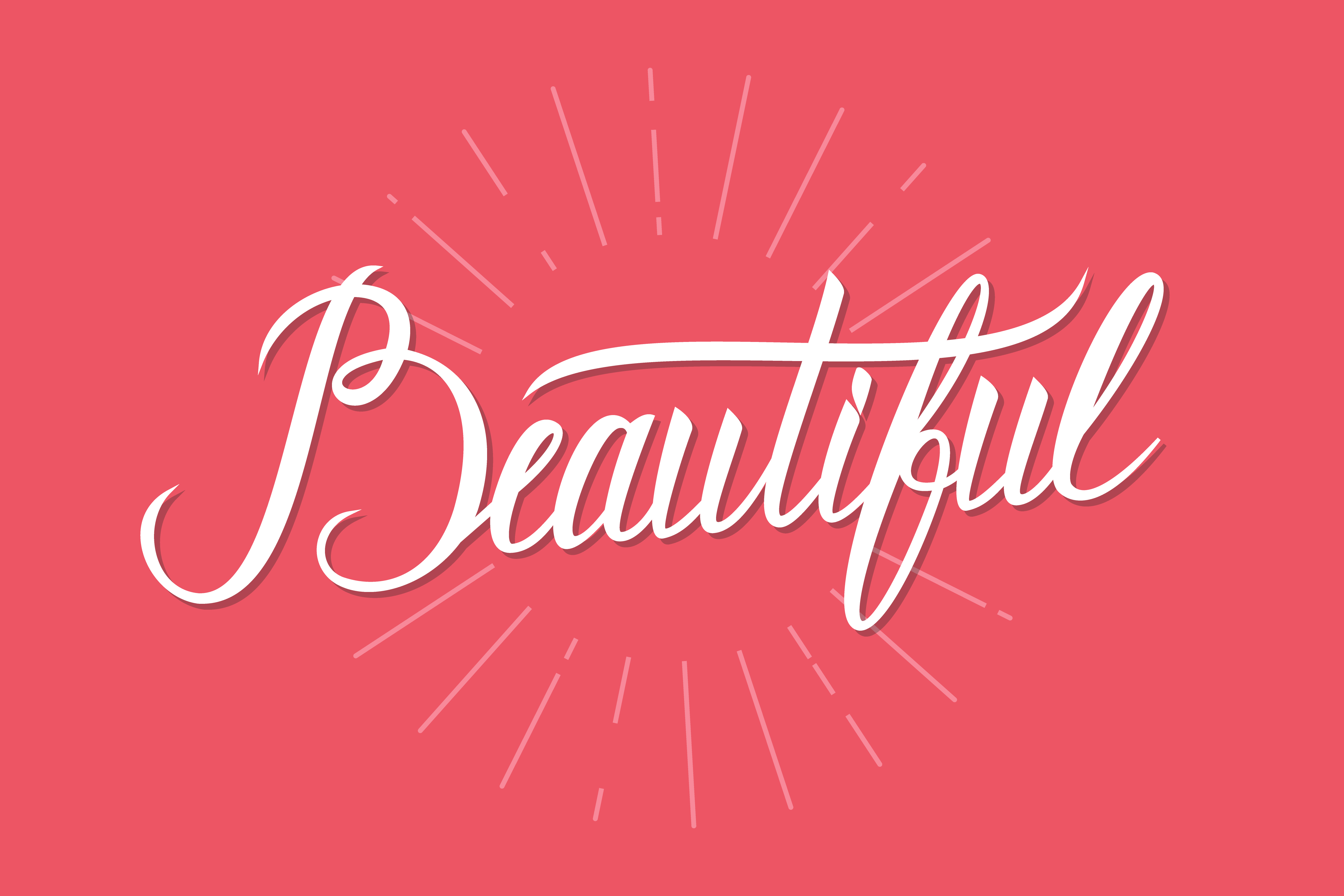When learning a new language, a useful trick to start talking straight away is to learn the most commonly used words, that way you’ll be able to say and ask for things and have a basic conversation with the locals.
How many times do we use use words like ‘nice’, ‘good’ and ‘beautiful’ to describe people and things and to comment on food, films, music etc.?
This article will explain how to say beautiful in Italian and all the related words you need to know!
La Vita è Bella: how to use the word ‘bello’
The main translation for the word ‘beautiful’ is bello/a (depending if it refers to a masculine or a feminine noun). Think of the famous film by Roberto Benigni, titled ‘La vita è bella’ (Life is beautiful), where the word bella (beautiful) ends with an ‘a’ to agree with the word vita, which is feminine.
Bello in Italian means attractive, pretty, good looking, handsome, so it’s the right word to use anytime you’re talking about appearance (e.g. a beautiful house, a beautiful car, a beautiful girl etc.).
However, in Italian there are other similar words, which in English you would translate with ‘good’, but which in Italian have different meanings and usage.
Let’s have a look at them.
Bello, buono, bene, bravo: differences and how to use them
When translating ‘good’ or ‘beautiful’ from English, it’s often easy to get confused with the Italian equivalents: bello, buono, bene and bravo. That’s why it’s important to learn how to these words in the right context, in order to sound as natural as possible when talking Italian.
BELLO
Bello means beautiful, good looking, and is used to describe the appearance (a person, a house, a car etc.).
Che bella macchina! What a beautiful car!
Il mio nuovo vicino di casa è molto bello. My new neighbour is very good looking.
BUONO
Buono is mainly used to talk about food which tastes good, or to describe a person that is kind or generous.
Questa pasta è molto buona. This pasta is really good.
Mio fratello è buono. My brother is good (as in, a good person).
BENE
Bene means well. For example, you would use this word when you want to say you’re well, or when something is going well.
Come stai? Bene grazie. How are you? I’m good (well) thank you.
Il corso di italiano sta andando bene. The Italian course is going well.
BRAVO
Bravo means good at doing something or well behaved.
Sono bravo a suonare la chitarra. I’m good at playing the guitar.
Oggi sei stato proprio bravo! Today you’ve been really good.
How to use ‘bello’ to express pleasure
If you want to express pleasure about something, someone or about doing something, the key word to use is bello, followed by an infinitive:
È bello andare in vacanza. It’s nice to go on holiday.
È bello conoscere nuove persone. It’s nice to meet new people.
If you want to express admiration, use the phrase ‘che bello’:
Che bella gonna! What a nice skirt!
Che bella giornata! What a nice day!
Note: the expression ‘che bello’ on its own means how lovely!
Mistakes in the use of bello, buono, bene and bravo.
Here’s some common mistakes in the use of these 4 words:
Questo vino è molto bene. This wine is really good. (you should say BUONO)
Casa mia è buona. My house is nice/beautiful. (you should say BELLA)
Come stai? Sto buono. How are you? I’m good. (you should say BENE)
“One of the most important areas we can develop as professionals is competence in accessing and sharing knowledge”









